Honda Civic Service Manual: Rear Window Removal and Installation (4-door except Natural Gas models)
832120

Removal
| 1. | Rear Seat Cushion |
|
|
|
|
|
|
| 2. | Both Rear Seat Side Bolsters |
|
|
|
|
|
|
| 3. | Both Rear Door Opening Seals as Needed |
|
|
|
| 4. | Both C-Pillar Trims |
|
|
|
||||||||||||
|
|
|
| 5. | Rear Shelf Trim |
|
|
|
|
|
|
|
|
|
|
|
|
| 6. | Headliner As Needed - Rear Side |
|
|
|
| 7. | Rear Window |
|
|
|
|
|
|
|
Cutting positions
|
|

Installation
| 1. | Rear Window |
|
|
|
||||||||||||||||||||||||||||||||||
|
|
|
||||||||||||||||||
|
|
|
|
|
|
|||||||||||||||||
|
|
|
||||||||||||||||||||||
|
|
|
||||||||||||||||||
|
|
|
|
|
|
||||||||||||||||||||||||||||||||||||||||||||
|
|
|
| 2. | Headliner As Needed - Rear Side |
|
|
|
| 3. | Rear Shelf Trim |
|
|
|
|
|
|
|
|
|
|
|
|
| 4. | Both C-Pillar Trims |
|
|
|
|
|
|
||||||||||||||||||||||||
| 5. | Both Rear Door Opening Seals as Needed |
|
|
|
| 6. | Both Rear Seat Side Bolsters |
|
|
|
|
|
|
| 7. | Rear Seat Cushion |
|
|
|
|
|
|
| 8. | Water Leak Test |
|
|
|
 Rear Speaker Removal, Installation, and Test (2-door)
Rear Speaker Removal, Installation, and Test (2-door)
013100 LEFT REAR
0131A8 RIGHT REAR
Removal
NOTE: SRS components are located in this area. Review the SRS
component locations and the precautions and proc ...
 Side Curtain Airbag Removal and Installation (2-door)
Side Curtain Airbag Removal and Installation (2-door)
7521A5 LEFT
7521C2 RIGHT
7521C9 BOTH
Removal
NOTE:
SRS ...
See also:
Honda Civic Owners Manual. Interior Light Switches
ON
The interior lights come on regardless of
whether the doors are open or closed.
Door activated
The interior lights come on in the following
situations:
When any doors are opened.
You unlock the driver’s door.
Models without smart entry system
You remove the key from the ig ...

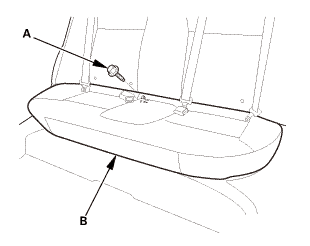
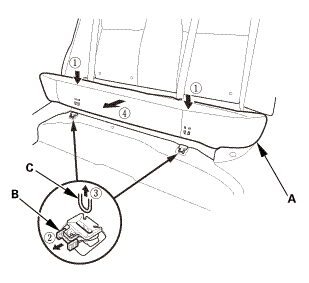
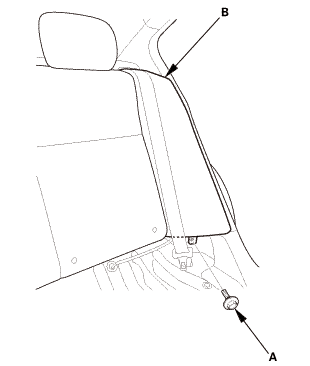








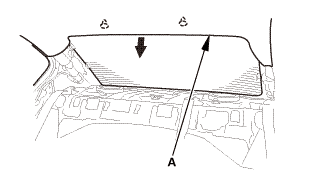




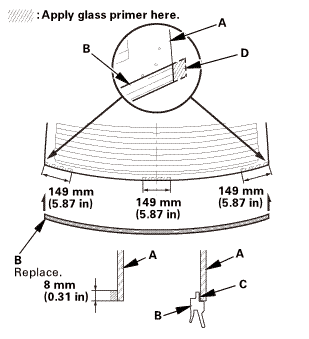 inmmusmm(5(0.3!
inmmusmm(5(0.3!
 mmmyzammmymmmy
mmmyzammmymmmy
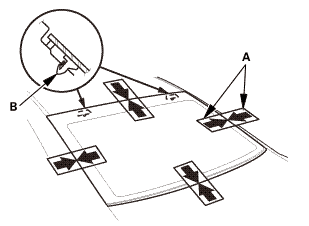
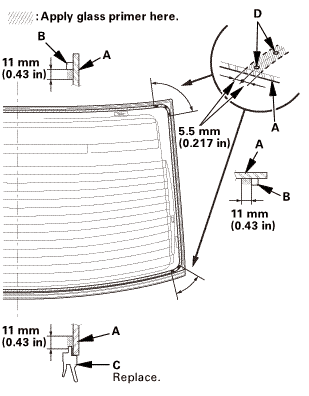 :applypnmu
:applypnmu mmin)mmin)
mmin)mmin) 12mmin)mm
12mmin)mm :2myasin)
:2myasin)
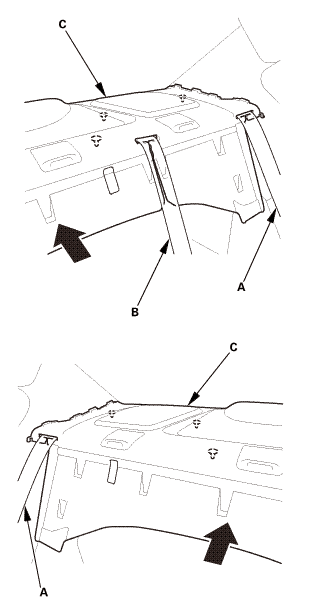





 mmmmlnss
mmmmlnss

 12mmznamm(12in)
12mmznamm(12in)